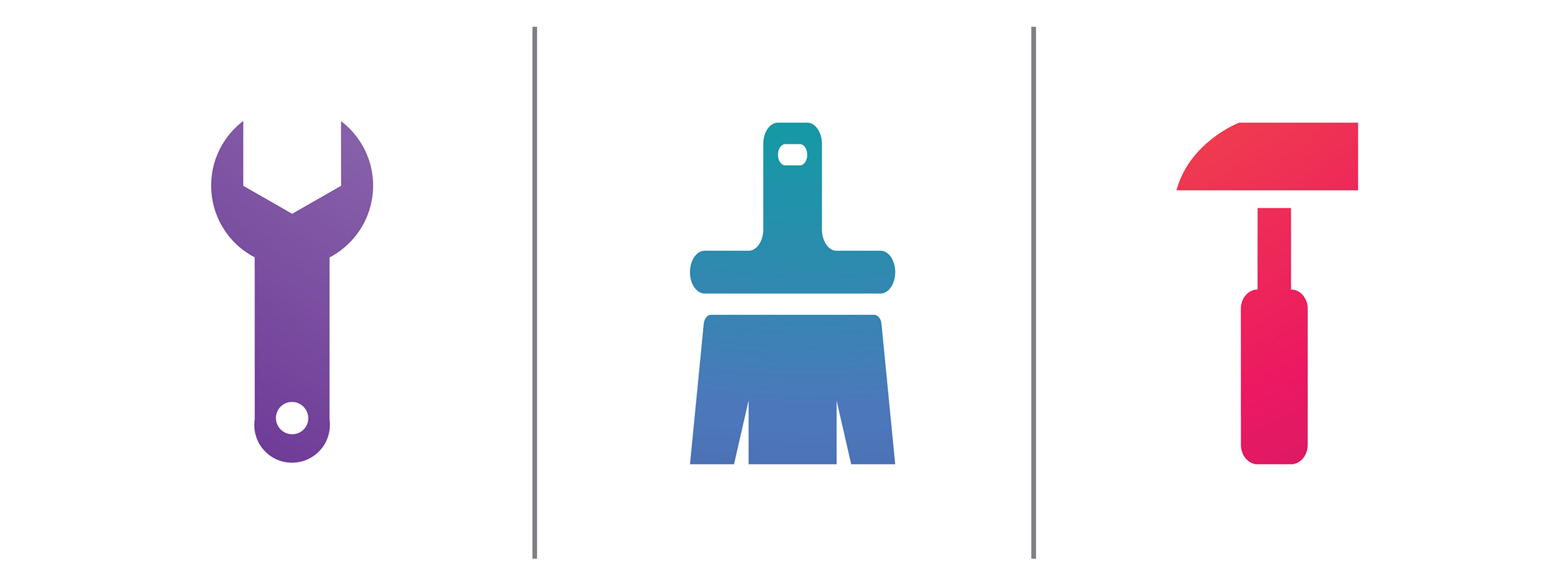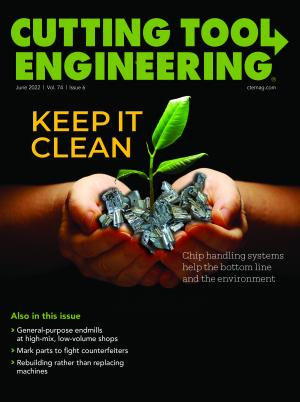
My machining career began at the machine shop that I started with my father. Our first machine tools were old manual machines from the 1940s and 1950s. As our shop grew, we found ourselves buying CNC machine tools because order quantities increased and machinists were becoming hard to find. As the CNC machines became troublesome, we discussed rebuilding some of them. But the cost of a good rebuild was almost as much as a new machine, so we looked at machines as disposable.
My career path changed in 2005 when I accepted a job as a manufacturing engineer with an automotive manufacturer. It had 1,200 machine tools at the plant where I worked. We ran three shifts per day for seven days a week and shipped 2.5 million units in my first year. Machine tools constantly operated at the facility.
Surprisingly to the new guy, many of these machines were old. Most of the CNC turning centers were over 20 years old, which meant they had processed more than 6.5 million parts in their lifetimes. Amazingly, the centers still were able to hold 0.01 mm (0.0004") tolerances and produce very fine surface finishes while running 24 hours a day.
I learned that the company operated a machine rebuild shop not far from the main plant. At this shop, workers would tear down and rebuild key pieces of equipment. It seemed odd that a plant that was part of the largest automotive company in the world would continue to use old machines. Why not buy new?
Most of our CNC lathes were designed specifically for automotive manufacturing. They were about the size of a residential refrigerator and had tiny working envelopes to improve efficiency at the factory. These lathes were no longer being manufactured, so purchasing new ones was not an option. Buying new machines that were much larger would have required changing the cell layout from a proven design, which was undesirable. Rebuilding was the only option.
These compact lathes were so valued that we began buying used ones from other manufacturers and started a rotation program. Used lathes would be purchased, brought to our shop and rebuilt. After rebuilding a machine, we would pull a worn-out one from the line and drop in the rebuilt machine. Then we initiated the process again. Machine rotation was part of our total productive maintenance program.
Standardization also drove our decision to rebuild rather than buy. Having different machines necessitates retraining operators and maintenance personnel. Because the machines, tooling and controls remained the same throughout the plant, we easily could shift workers from one line to another so we could better utilize operators.
Our rebuild shop was a teaching location too. New maintenance technicians would spend time at the rebuild shop, where they could learn the machines and controls. Training them in this way allowed them to literally learn a machine inside and out. When machines malfunctioned, which was rare, troubleshooting time was shortened.
Purchasing new machines also would have hurt our inventory of spare parts. We kept a lot of critical parts in our inventory, which translated to a significant amount of dollars stored on the shelves of the toolroom. Buying new machines would have required additional inventory for spares. By rebuilding machines, we were able to maintain levels of inventory. And on the scarce occasion when we needed a part that wasn’t in the toolroom, the rebuild shop usually had a spare that could be used.
Delivery of a custom machine can take over a year from the time that the order is entered. To improve our ability to launch a line or change a line from one product to another, we rebuilt several types of special-purpose machines. When a line was shut down, the old machines would go to the rebuild shop and be reconfigured so we could replace worn-out machines on the other lines or use rebuilt machines to build a different line, thereby reducing acquisition costs and lead times.
Rebuilding has obvious benefits, but what does a good rebuild look like? It’s more than a pressure wash and a paint job.
Complete disassembly of a machine is the first step. Inspection of each component is necessary as it is impossible to find worn or damaged pieces unless every piece is examined. All pieces are inspected, and damaged components are replaced or repaired and prepped for paint.
Electrical components also are inspected and replaced. In the case of our lathes, the spindle motors and servos were replaced or rebuilt without question. We often found loose connectors and other issues that could have turned into problems. Sometimes we would upgrade electrical components that were hard to find or had known issues. Controls occasionally were replaced but not often. When they were replaced, we used the same model with the same features so the operators and maintenance techs did not have to learn a new control.
Spindles always were sent out to specialized shops to ensure that spindle performance after rebuilding met the original equipment manufacturer specification or better. Otherwise we would not have been able to achieve close tolerances and fine finishes after reassembly.
Ballscrews and couplings invariably were replaced by new ones. Although ballscrews can be reworked, we chose to buy new as there was not a significant savings. Likewise, linear guide ways can be repaired, but we always opted for new to reduce the risks associated with failure of this critical component.
Factories like ours are hard on machine tools. Crashes are common, forklifts occasionally bump machines, and tools are dropped on way covers. Before painting, sheet metal was straightened and way covers were sent out for repair. Once the body work was complete, the sheet metal and body of a machine would be painted with a tough epoxy paint to protect the machine from corrosion and to make the equipment look good again.
After assembly, a machine would be put through its paces and tested thoroughly. Because these machines were used for specific parts, we would perform a runoff using the same tooling and programs that would be used on the line, and statistical analysis was used to confirm capability before installing a machine on the line.
Our rebuild program was successful and saved the company millions of dollars. At the automotive plant, we had a well-developed manufacturing process that justified the effort, and it made economic sense to rebuild machines. Rebuilding also makes sense when machines are highly specialized, very large or no longer available. Each scenario is different, and each company has to evaluate its situation. But a good rebuild provides a machine that functions like new.
Related Glossary Terms
- centers
centers
Cone-shaped pins that support a workpiece by one or two ends during machining. The centers fit into holes drilled in the workpiece ends. Centers that turn with the workpiece are called “live” centers; those that do not are called “dead” centers.
- computer numerical control ( CNC)
computer numerical control ( CNC)
Microprocessor-based controller dedicated to a machine tool that permits the creation or modification of parts. Programmed numerical control activates the machine’s servos and spindle drives and controls the various machining operations. See DNC, direct numerical control; NC, numerical control.
- turning
turning
Workpiece is held in a chuck, mounted on a face plate or secured between centers and rotated while a cutting tool, normally a single-point tool, is fed into it along its periphery or across its end or face. Takes the form of straight turning (cutting along the periphery of the workpiece); taper turning (creating a taper); step turning (turning different-size diameters on the same work); chamfering (beveling an edge or shoulder); facing (cutting on an end); turning threads (usually external but can be internal); roughing (high-volume metal removal); and finishing (final light cuts). Performed on lathes, turning centers, chucking machines, automatic screw machines and similar machines.


